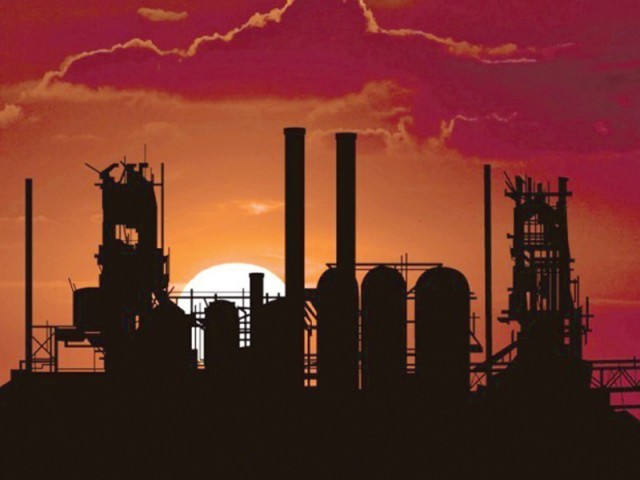Gov't Think Tank Sounds Alarm on Iran Industrial Growth

EghtesadOnline: The Institute for Trade Studies and Research, the research arm of the Ministry of Industries, Mining and Trade, has conducted a study of the industrial sector role in the economy over the span of five-year economic development plans after the 1979 Islamic Revolution.
The study covers five development plans from 1991 to 2015 and analyzes the effect of industrial, trade and technological policies on the industrial activities of the country. A book based on the study will be published soon.
What is indeed troubling about the ITSR findings is the conclusion that contrary to common belief, the share of industrial sector in Iran's GDP over the last 25 years has actually fallen.
Reflecting on the findings at an event at the Tehran Chamber of Commerce, Industries, Mines and Agriculture on Tuesday, Dariush Mobser, an advisor to ITSR, said the industrial sector, despite increased production, has registered lower value-added in current prices over the past decades, Financial Tribune reported.
Quoting the study, Mobser said the value-added of the industrial sector in current prices has dropped from 19.9% (relative to GDP) in 1991, to 15.3 in 2015. Based on constant prices, however, the figure increased from 15.5% to 20% over the same period.
Sounding the alarm on the current industrial policy of Iran (or lack thereof), Mobser said: "The industrial sector over the past three decades lacks value-added, domestic value and global value."
According to preliminary results of the study seen by the Financial Tribune, since the first development plan in 1991 to the fifth in 2015, the value-added share of 'basic agriculture' has fallen from 38% to 16.5% and manufacturing-based industries saw their share plummet from 12.1% to 10.8%.
The loss for the crucial sub-sectors has been a gain for others: the hydrocarbon sector share climbed from 12.5% to 38.5% during the period and basic mining rose from 16.5% to 21.9%.
Warning Points
Dissecting the key factors behind industrial decline in Iran, the think-tank focuses on three main areas: economic development, political economy and economic policies (industrial and pricing).
As for economic development, ITSR says "despite increase in the industrial sector share in global growth, Iran’s share thus far has eroded. It notes that "because global industrial structural change is moving toward more complex products, the sustainability of producing goods in Iran seems doubtful."
ITSR warned that a shift toward hydrocarbons and mineral products is posing a serious challenge to the environment.
In other categories, ITSR points to Iran's dwindling national industrial and competitive clout as well as weakness in "industrial capitalism" compared with "trade capitalism."
As for other policies, the study said "climactic and energy advantages" have pivoted the government toward sectors other than industry.
There are also macroeconomic, industrial, technological and pricing policies that, due to weakness in their devising and execution, have failed to create added value for the industrial sector.
Culprits
Delving deeper into industrial policies, ITSR names a handful of factors, as the main culprits for the industrial decline, namely domination of unpredictable factors like exchange rate shocks on development plans, domination of forex policies over trade policies, generalization of declared industrial priorities in development programs and lack of an overarching industrial development strategy.
In the same breadth, it adds lack of correlation in industrial structure with those in the world, conceptual problems when it comes to industrial mergers and prevalence of monopolizing trends and failure to consider local features in industrial development plans.
Solutions
In carving out a path to help end the current conundrum, ITSR says that first and foremost, a "trade and industrial development strategy" should be devised and second, "extensive research and exigency policies" should be adopted in the framework of a long-term strategic plan for each industrial sector.
In particular, ITSR recommends "reevaluation and re-engineering" of tariff rates conducive to a model for industrial growth in the country and change in government protectionist policies.
It goes on to call for the elimination of tariffs on raw and intermediary materials for exportable goods, gradual reduction in tariffs on non-prioritized sectors, reducing high tariffs in general, not changing high tariffs on goods that can attract foreign investment and identifying goods that need tariff protection in agriculture and industry and valuing the industrial sector over the agricultural one when it comes to protectionist policies.


